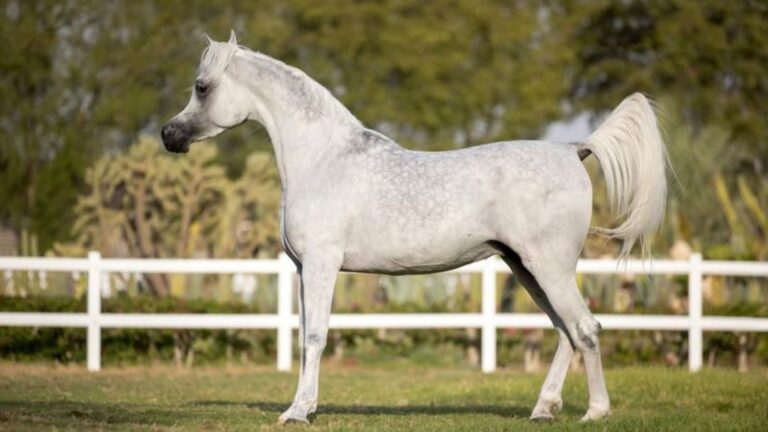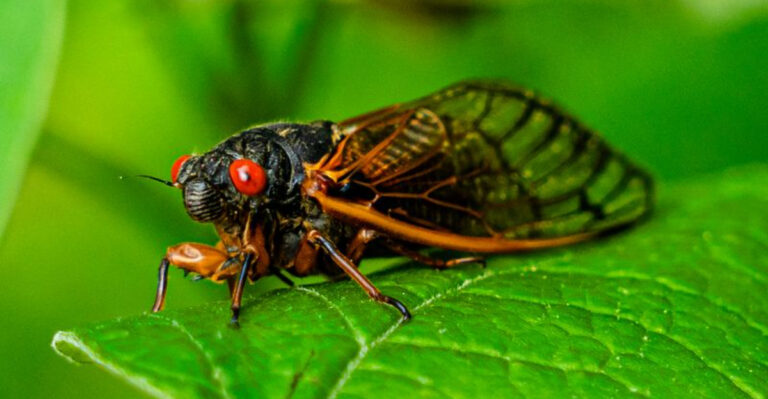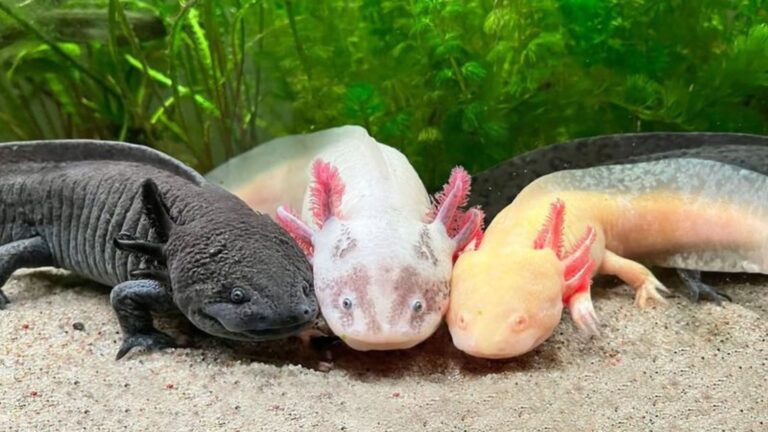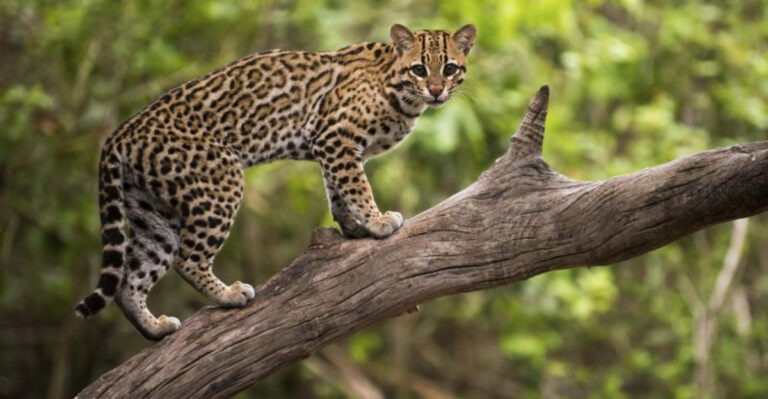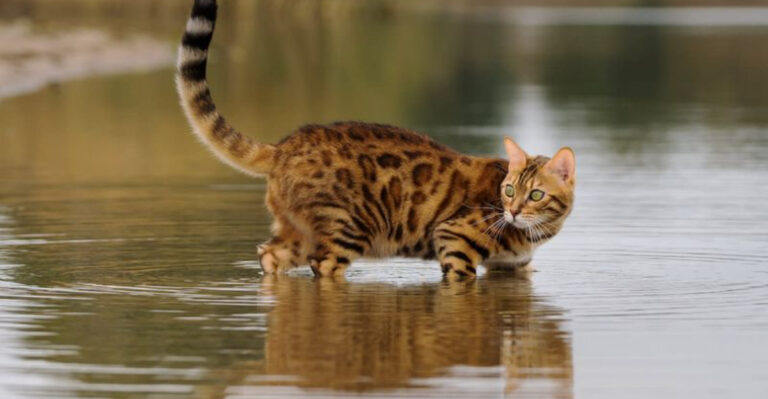10 Fascinating Facts About The Majestic Milky Eagle Owl Of Africa
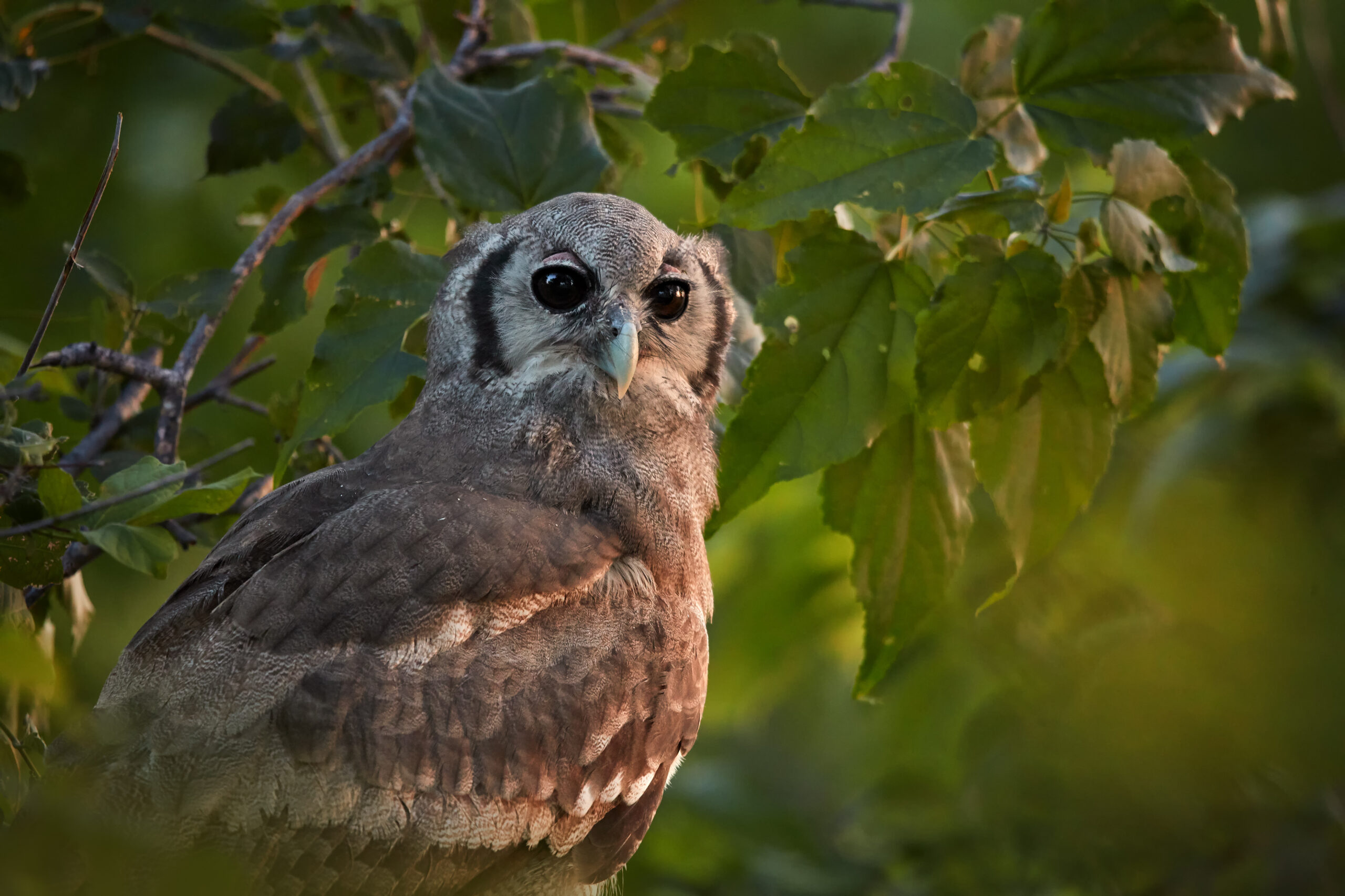
The African Milky Eagle Owl is a captivating creature that embodies the true essence of the avian world with its majestic presence.
With its striking appearance and intriguing behaviors, this owl species has captured the imagination of nature enthusiasts and bird watchers alike.
In this list, we unravel fascinating facts about this nocturnal wonder, each fact more intriguing than the last, offering a unique glimpse into the life of this magnificent bird.
1. The Largest Owl In Africa
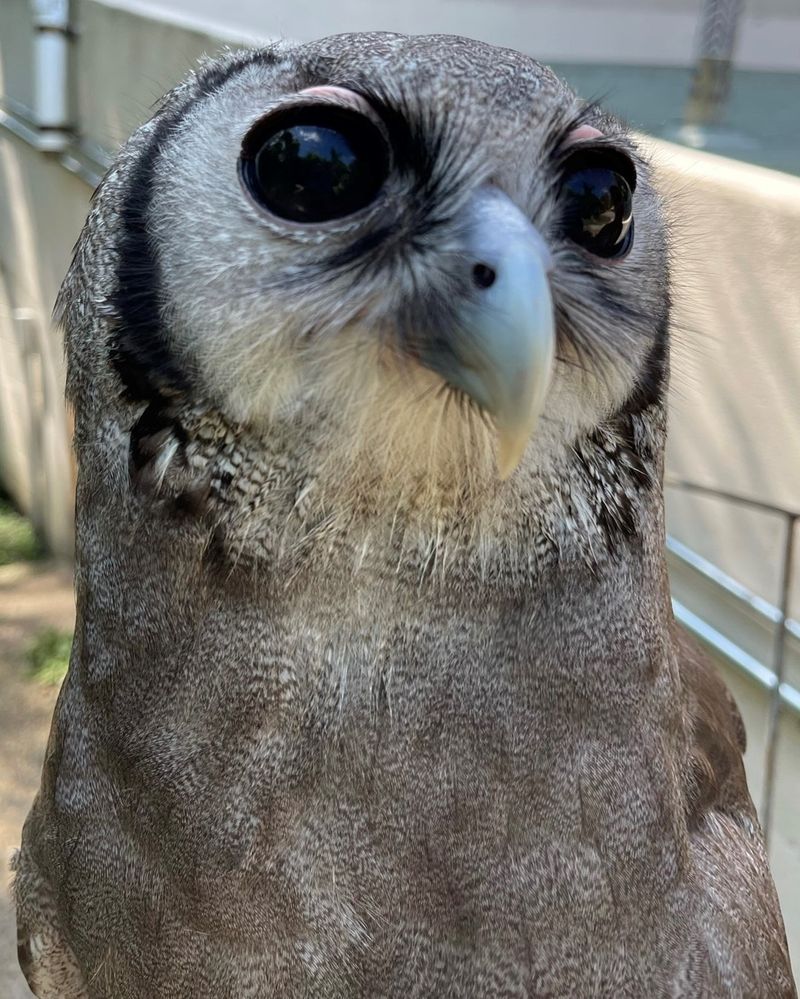
When it comes to owls in Africa, the Milky Eagle Owl reigns supreme in size. Measuring up to 66 cm in length, this bird takes the crown as the continent’s largest owl species. It sports a wingspan that can stretch over 140 cm – impressive enough to make any seasoned birder swoon.
Adding to its grandeur, the Milky Eagle Owl exhibits distinctive pale grey plumage. The white face disk and black-rimmed eyes give it a mysterious, almost ghostly appearance in the shadows of dusk. But don’t let its ghostly looks fool you; this owl is a formidable predator.
With talons as sharp as a tailor’s needle, this owl is adept at snatching up prey with precision. Whether it’s a small mammal or a wayward bird, few can escape the clutch of those mighty claws. It’s no wonder that across Africa, the Milky Eagle Owl is revered and respected.
2. Distinctive Vocalization
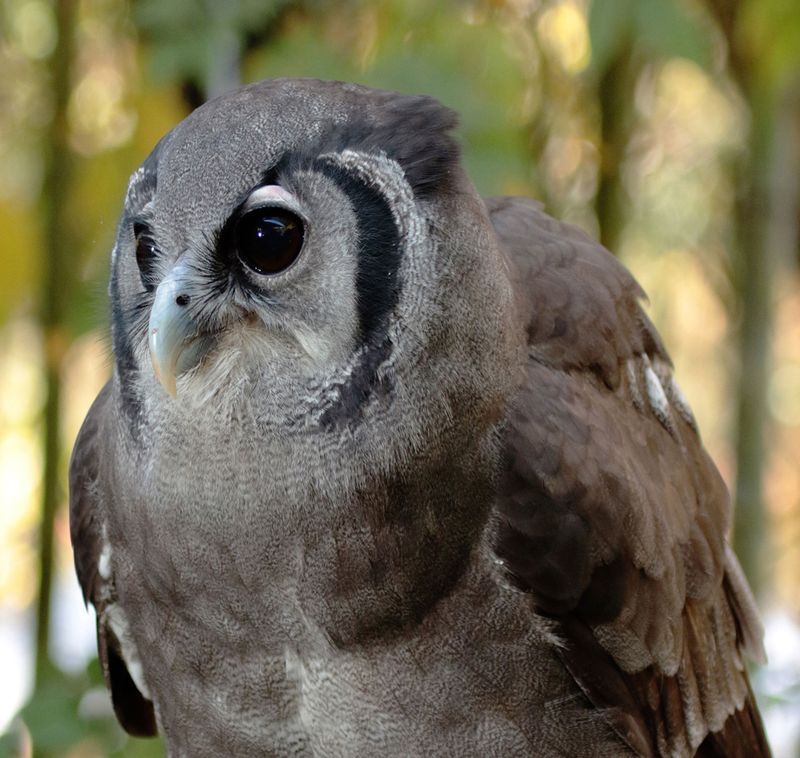
The Milky Eagle Owl isn’t just a pretty face; this avian marvel is also known for its distinctive vocalizations. Unlike the typical hoots associated with owls, its call is more of a deep, throaty grunt. It’s a sound that can send shivers down the spine of any unsuspecting creature wandering the night.
These vocalizations play a crucial role in communication, especially during the breeding season. The male’s call can be heard echoing across the African savanna as he seeks to attract a mate. It’s a serenade that is as unique as it is captivating.
Interestingly, the Milky Eagle Owl’s call can also serve as a territorial warning. When intruders encroach on its domain, this birdie isn’t shy about making its presence known. This vocal prowess ensures that the owl maintains its status as a top predator in its habitat, keeping rivals at bay.
3. Master Of Camouflage
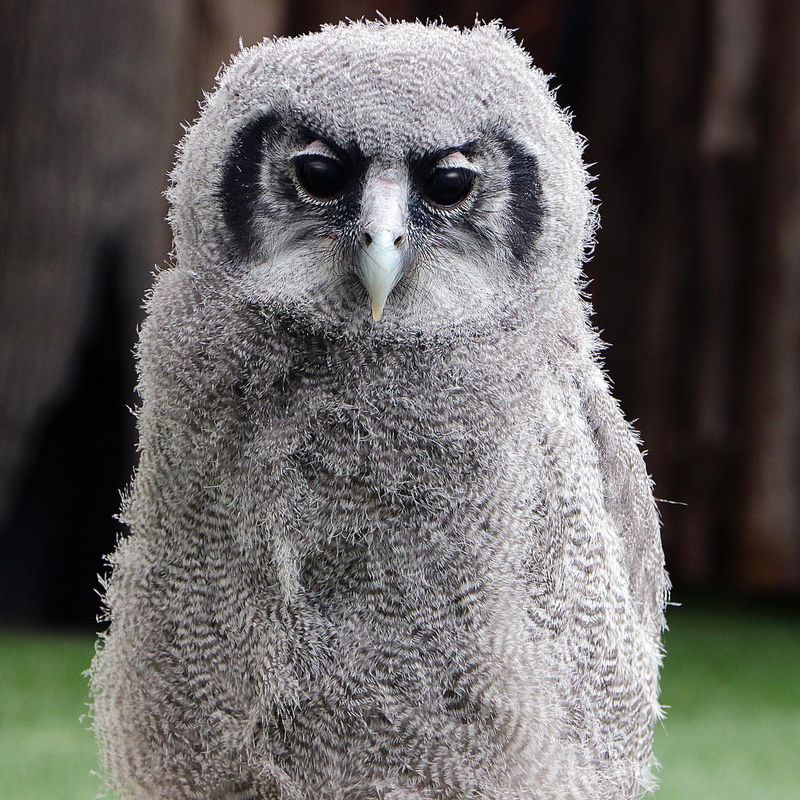
In the world of avian hide-and-seek, the Milky Eagle Owl is a reigning champion. Its plumage, a delicate blend of grey and white, allows it to blend seamlessly into the African landscape. This mastery of disguise is essential for both hunting and evasion.
During daylight hours, this owl remains inconspicuous, perched silently amidst the foliage. Its feathered patterns mimic the dappled sunlight filtering through the leaves, rendering it nearly invisible to both prey and predators.
But the real magic happens at night. Under the cloak of darkness, the Milky Eagle Owl’s camouflage transforms it into an unseen specter.
As it glides silently through the air, only the keenest of eyes can spot this nocturnal ninja. It’s this combination of stealth and surprise that makes this bird such an effective hunter.
4. A Nighttime Hunter
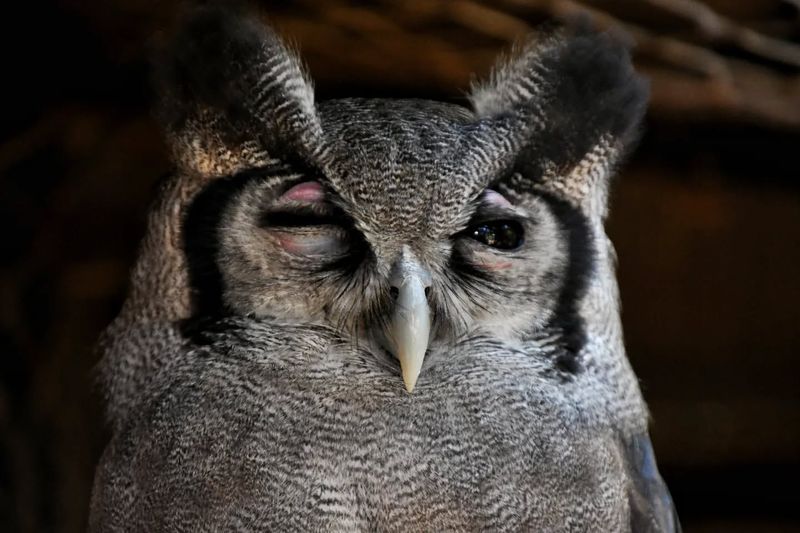
Forget the day shift; the Milky Eagle Owl is a true creature of the night. With eyes adapted to low-light conditions, it sees the world in a way humans can only dream of. This ability gives it a significant advantage when hunting under the cover of darkness.
The owl’s large, forward-facing eyes enable binocular vision, crucial for detecting the slightest movements of potential prey. Coupled with its extraordinary sense of hearing, there are few places for prey to hide from this superb hunter.
As it soars silently through the night sky, the Milky Eagle Owl’s keen senses work in harmony. Rodents, birds, and even small reptiles find themselves on the menu, as this owl executes its nightly patrol with precision. It’s a testament to the owl’s adaptability and prowess as a nighttime predator.
5. Monogamous Lovebirds
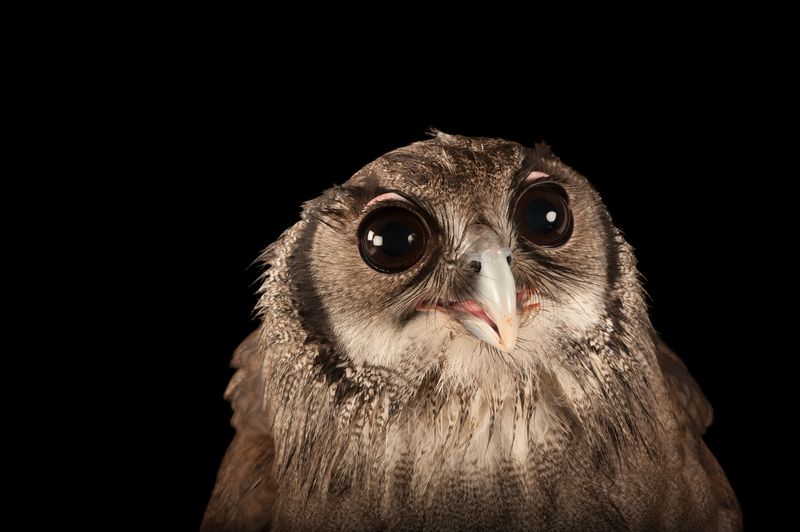
Love is in the air for the Milky Eagle Owl, and when it finds a partner, it’s usually for life. This species is known for its monogamous nature, forming strong pair bonds that stand the test of time—a romantic notion for the avian world.
During the breeding season, these owls engage in courtship rituals that include mutual preening and vocal duets. Such displays not only strengthen their bond but also ensure successful breeding and rearing of their young.
The female typically lays two eggs, with both parents taking turns in nurturing their offspring. This cooperative parenting is a testament to their commitment and teamwork, ensuring that the next generation of Milky Eagle Owls thrives. It’s a family affair where love and responsibility go hand in hand.
6. Home Sweet Home
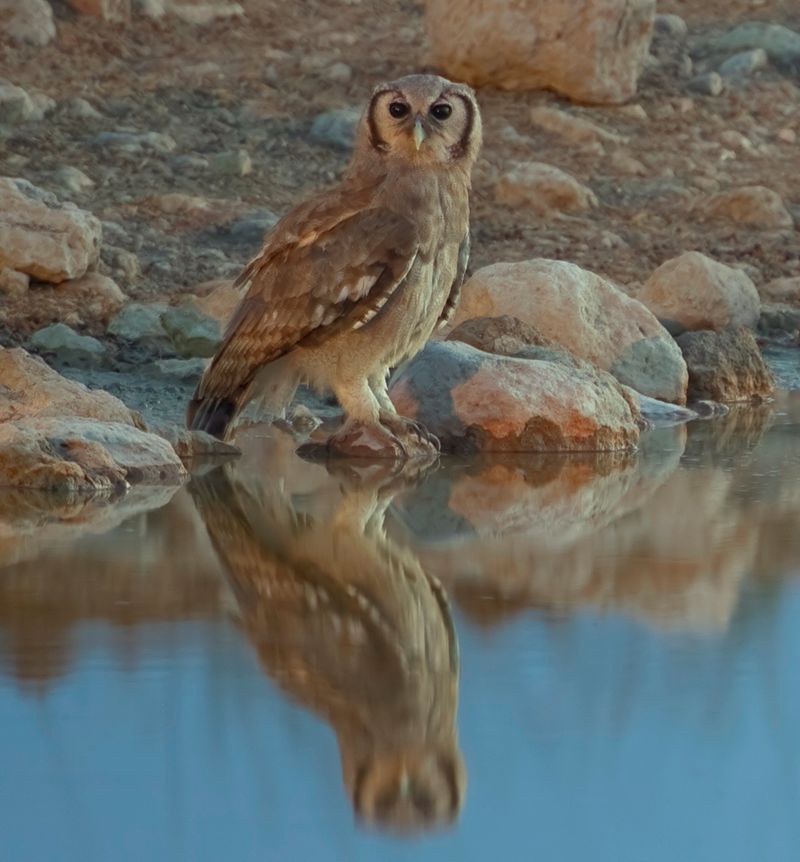
The Milky Eagle Owl has a penchant for choosing the ideal home. Preferring tree hollows and cliff ledges, these owls select nesting sites that offer protection and a strategic vantage point for hunting.
It’s not uncommon for this bird to take over a nest left behind by another large bird, such as a vulture. This recycling of real estate is a practical solution, providing a ready-made fortress that requires little renovation. Inside the nest, a cozy abode awaits.
The female lays eggs amidst a cushion of feathers and leaves, creating a warm, safe environment for her chicks. As the young owlets grow, their raucous calls echo through the air, announcing their presence to the world. Home truly is where the heart is—or in this case, where the hoot is.
7. Impressive Lifespan
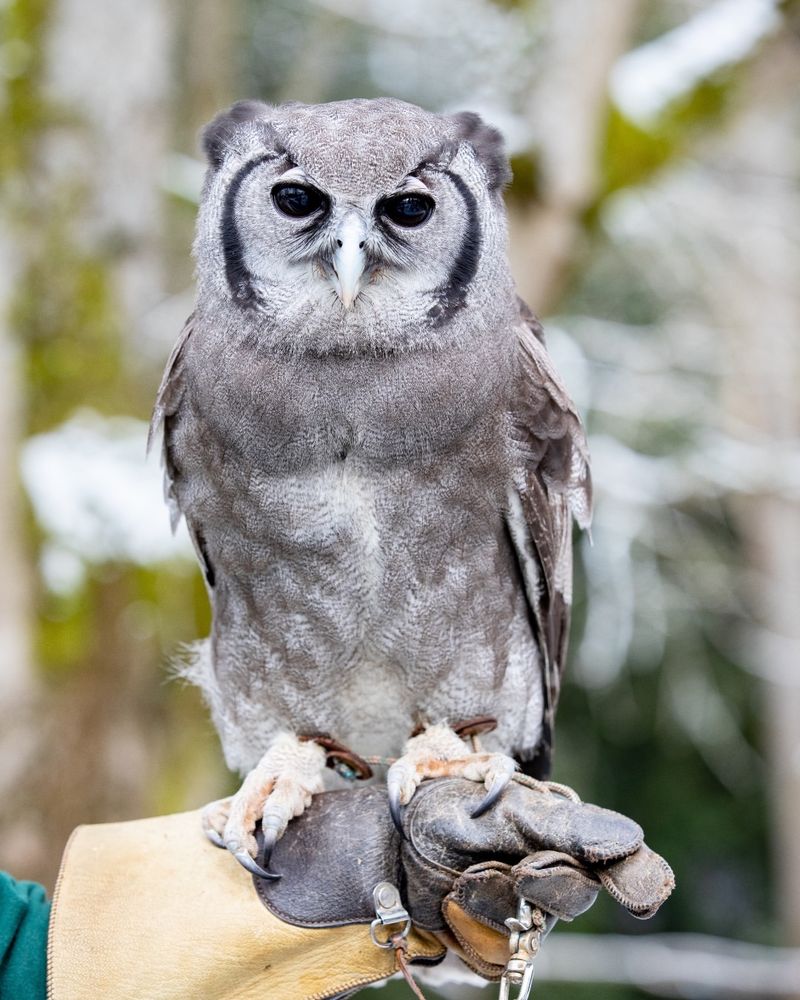
Age is just a number for the Milky Eagle Owl, which boasts an impressive lifespan in the wild. These birds can live up to 15 years, a rare feat among their avian counterparts, thanks to their robust health and careful lifestyle.
Part of their longevity can be attributed to their excellent hunting skills and the relatively low number of natural predators they face.
This owl is at the top of the food chain, after all, which certainly helps in leading a long, fulfilling life. However, life in the wild is never without its challenges.
Habitat loss and human disturbance pose significant threats to the owl’s longevity. Conservation efforts are crucial to ensure that these magnificent creatures continue to grace the African skies for generations to come.
8. Cultural Significance
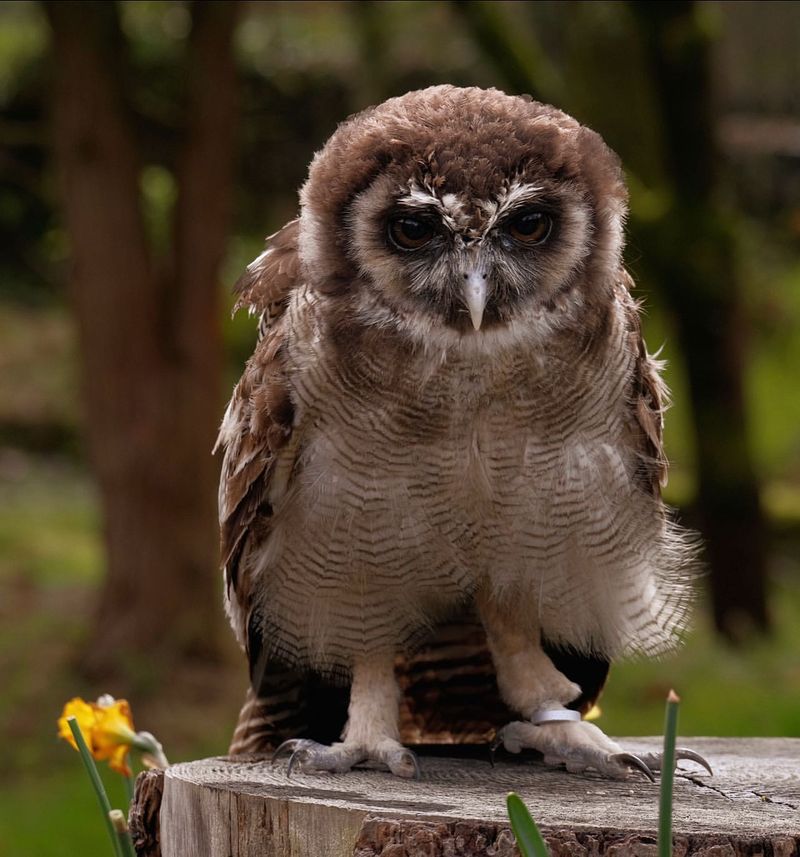
Throughout Africa, the Milky Eagle Owl is more than just a bird; it’s a symbol steeped in cultural significance. Revered for its wisdom and mystery, this majestic creature often features in folklore and traditional stories.
In several African cultures, the owl is believed to possess supernatural powers, acting as a guardian of the night. Its silent flight and piercing gaze make it a fitting emblem of the unknown—a creature that moves between the realms of the living and the spirits.
Artisans and craftsmen often depict this beautiful bird in their work, capturing its essence through masks and sculptures.
These artistic expressions not only pay homage to the owl but also serve as a reminder of the deep connection between humans and the natural world. It’s a testament to the enduring legacy of this enigmatic bird.
9. Dietary Diversity
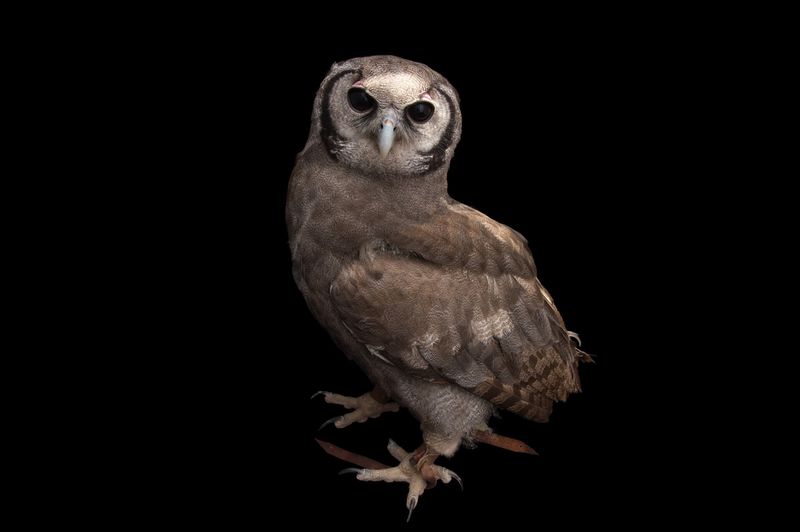
The Milky Eagle Owl isn’t a picky eater; its diet is as diverse as an all-you-can-eat buffet. From small mammals to insects, this owl’s menu caters to a wide range of culinary tastes, showcasing its adaptability and survival skills.
Rodents and small birds make up a significant portion of its diet, but this owl is not one to pass up a tasty reptile or amphibian. Its hunting prowess allows it to capitalize on whatever prey is abundant, ensuring a successful catch regardless of the season.
This dietary flexibility is crucial for survival, especially in changing environments where food sources can be unpredictable. It’s a classic case of “you are what you eat,” and for the Milky Eagle Owl, being versatile at the dinner table is a recipe for success.
10. Mysterious Migration Patterns
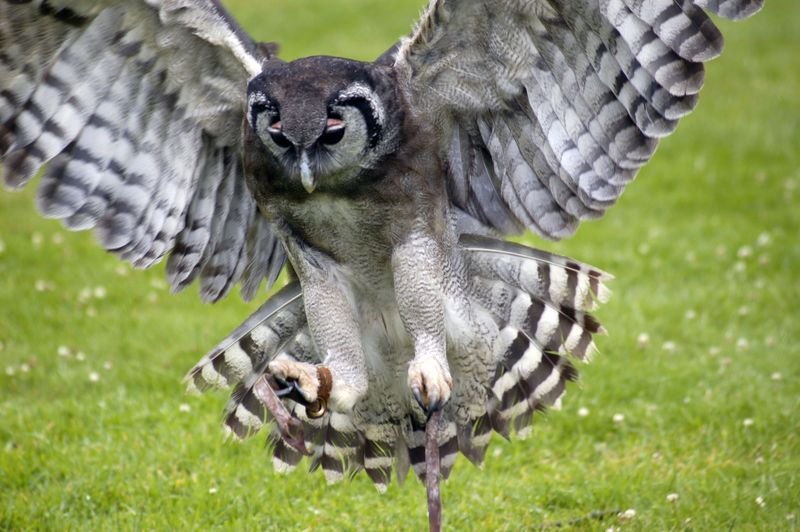
The migration habits of the Milky Eagle Owl remain something of a mystery to ornithologists. While some owls are known to be sedentary, others embark on seasonal journeys across Africa’s varied landscapes, puzzling experts who study their patterns.
Factors influencing their migration are still being explored, but changes in food availability and environmental conditions are likely contributors. These nocturnal travelers may seek out regions where prey is plentiful, ensuring a steady food supply year-round.
Tracking their movements is no easy feat, as these owls tend to traverse remote areas, eluding even the most diligent researchers. Despite the challenges, understanding their migration is key to conservation efforts, helping to protect the habitats that sustain them during their enigmatic voyages.

